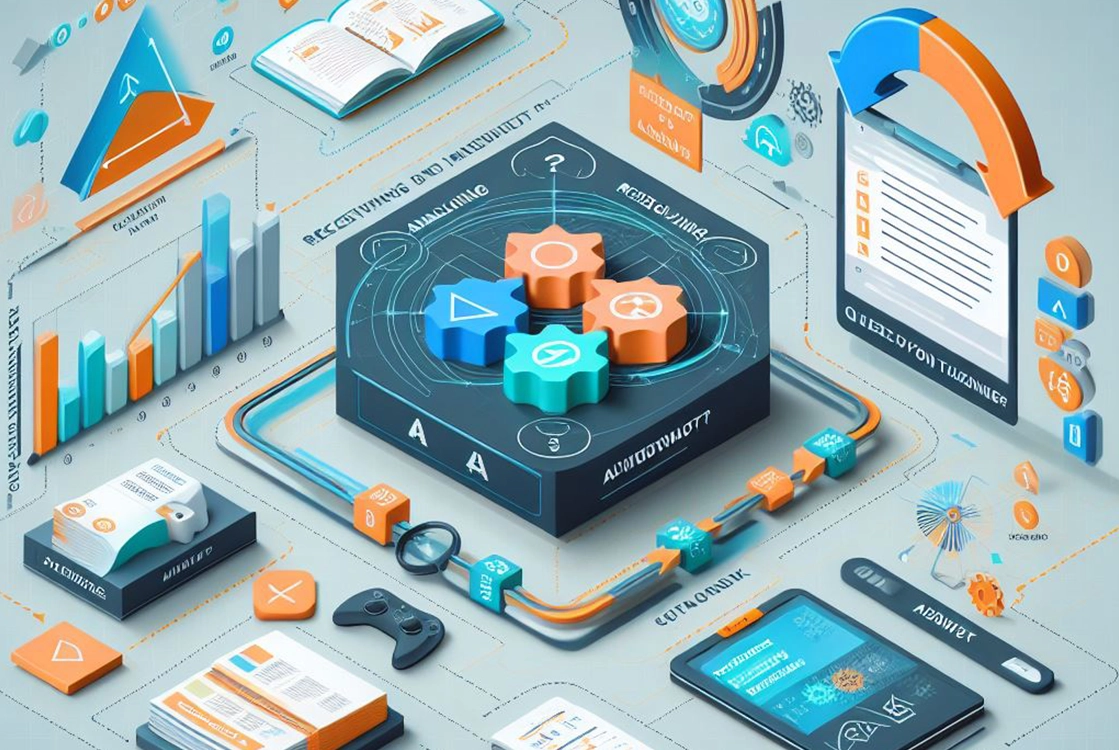
Enhance Efficency with Help Desk Automation
Help Desk automation is the process involving tools and strategies dedicated to automating repetitive activities with the goal of streamlining customer service or technical support.
Help Desk automation processes is crucial for eliminating repetitive actions based on manual inputs that undermine operational efficiency and extend response times, risking providing low-quality service with high costs.
Automating Help desk processes significantly reduces the workload of Agents allowing them to dedicate their time to more urgent tasks. Needless to say Artificial Intelligence is playing a leading role in its evolution.
Key Benefits of Help Desk Automation
To avoid the usual list of points, more or less sterile, in this paragraph for each listed advantage, we thought it could be useful to also include the results of the main studies and research carried out by the most authoritative Bodies in the sector.
Reduction of Operating Costs
A Gartner report highlighted how organizations implementing Help Desk automation can reduce the overall operating costs of the company by up to 30% through the optimization of existing resources.
Increase in Staff Productivity
The results of Forrester‘s research on Help Desk automation highlighted how automating the Help Desk can lead to an increase in staff productivity of up to 45%, allowing them to free up time for higher-value activities.
Standardization of Processes
Standardizing support processes ensures greater consistency and uniformity in operations reducing the risk of human errors and improving overall efficiency. An important study by the strategic consulting firm McKinsey & Company indicates Process Standardization as an indispensable element for medium to large-sized companies.
Reduction of Response Times
Automating responses to customer requests allows for immediate solutions. HDI (Help Desk Institute) indicates a reduction in ticket resolution time between 20% and 40%.
Improvement of Customer Satisfaction
According to the study conducted by Aberdeen Group, companies implementing Help Desk automation record a 30% increase in customer satisfaction, thanks to faster resolution of requests.
The 5 common automation techniques for Help Desk operations
Automation strategies are common to both Help Desk and Service Desk systems, with the only difference being that while the former focuses on the reactive management of customer requests (Help Desk automation), the latter takes a broader approach involving proactive management and the provision of IT services to the entire organization (Service Desk automation). Both play a leading role in optimizing business operations improving customer satisfaction and ensuring operational continuity.
Let’s see the most common operations that can be automated:
- Automatic responses: reduce manual work for operators by using predefined responses or response templates to handle the most common customer requests.
- Ticket routing: automatically direct customer requests to the appropriate department or operator based on the nature of the problem or the operator’s expertise.
- Automate routine tasks: automate some steps of a Ticketing/Help Desk system such as ticket creation, status updates, and reporting.
- Chatbots: integrate technological chatbots into the Help Desk system to automatically handle customer questions or frequently requested support.
- Integration with other tools: integrate Help Desk solutions with monitoring tools and other resources to obtain automatic data flows and improve collaboration between company departments.
Key Functions of Help Desk Automation in Rexpondo
Let’s now see a list of some of the main features that allow setting up a Help Desk automation flow in Rexpondo.
- Notification engine: multilingual engine based on the Event-Action principle. Upon the occurrence of a specific event, an action follows (sending a notification message).
Example: creation of a new ticket in a specific Queue with notification linked to the completion of a specific field. Recipients are selectable: Customers, Agents, and external addresses. - Generic Agent: same Event → Action principle. Upon the occurrence of certain events, such as Queue change, the system (Generic Agent) performs one or more actions.
Example: choosing the “toner replacement” service, I instruct the Generic Agent to address the request to the relevant Queue. - Access Control List (ACL): work focus on interfaces, with the possibility of changing the interface upon the occurrence of certain conditions. Generic Condition → Interface relationship.
Example: I choose the “Mail” service and through an ACL, I can change the interface by displaying the “email address” field. - Processes: automation of ticket Workflow (process ticket), guiding the user in a constrained management (Activity, to be assigned according to the operator), of the ticket.
Example: The technician fills out the ticket and sends it to the manager for approval. The manager can decide whether to approve it (moving the ticket to the next state) or submit it for review. - Automatic responses: email responses that are automatically sent upon the occurrence of certain events, such as: new ticket creation and follow-up.
- Survey: upon closing a ticket in the configured Queue, the System sends an email to the customer requesting completion of the survey (satisfaction or other).
- Postmaster filters: upon receiving the email, the System scans the content. Depending on the configured rules and request completion criteria, it automatically creates the ticket with certain characteristics.
Some examples: forcing the state, forcing the reference queue, dynamic fields, etc. - Customer Service SLA: different services are pre-set for each client, each with different SLAs (Service Level Agreement).
Example: when a support ticket arrives from client XYZ, the operator is automatically presented with the list of services provided to the client with their respective SLAs.
Integrating automation with other support tools for maximum efficiency
Considering the entire company IT infrastructure as a whole, the greatest advantage comes from the combination of efficient automated processes and integration between the various IT systems present in the company.
An example could be what we refer to as “Web services” functionality in Rexpondo, where upon the occurrence of an Event ticket creation, form completion, Queue change, Status change, etc.) an external service is “engaged.” Following the principle of reciprocity, this process could also act in reverse, where an external service provides input to the Help Desk system to perform certain actions.